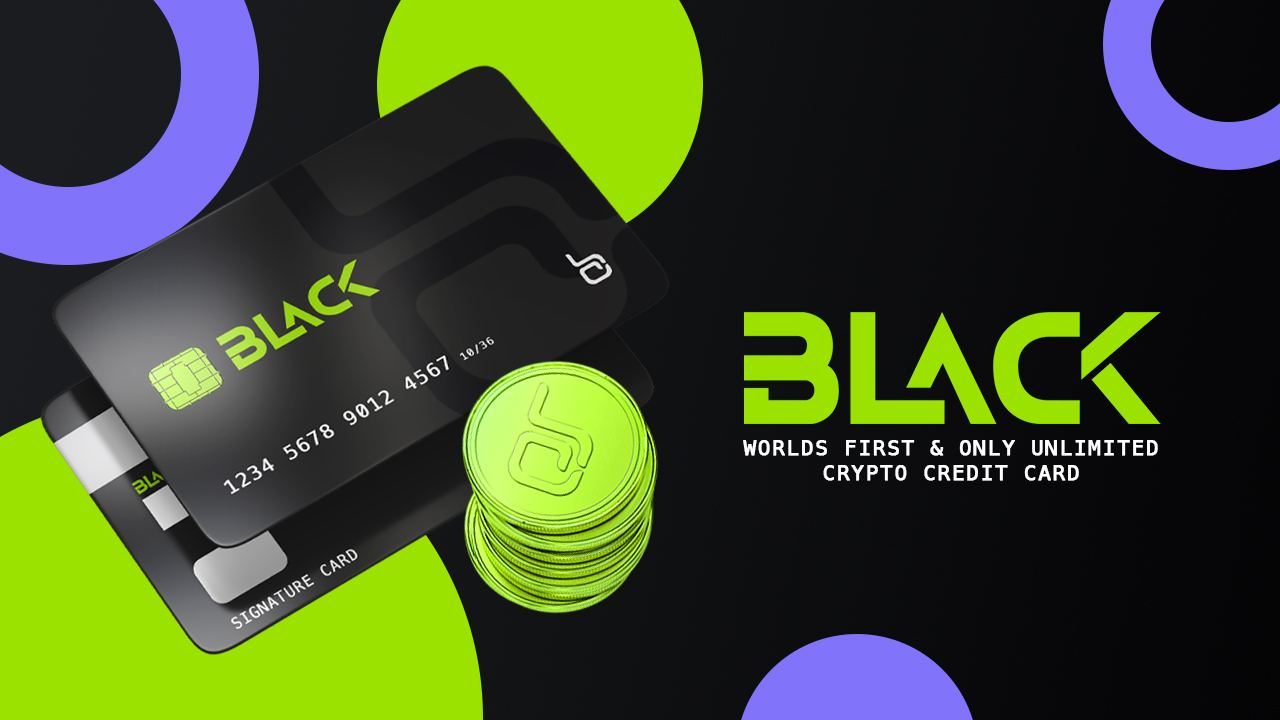Ethereum closer to 2.0 inches with Beacon Chain Altair upgrade
The price of Ethereum (ETH) almost hit a new all-time high on October 21, before falling below $ 4,000 after a $ 435 million option expired on October 22. The Ethereum network will take another step towards Ethereum 2.0 on October 27th in the 74240 era with the upgrade from Altair to Beacon Chain. Eth2 will be a pure proof-of-stake (PoS) network that the community has been working towards for over a year.
According to a blog post by the Ethereum Foundation explaining the development, Altair is an update to Beacon Chain that includes support for light clients, calculating inactivity leaks before validation, increasing the severity level and cleaning up validation rewards that allow for simplified management claims. This is the first upgrade planned for Beacon Chain.
The blog post states that this update is a “launch upgrade” for Beacon Chain and its connected customers. Basically, the update will bring some important functions to the Ethereum 2.0 network.
First, the introduction of sync committees for lightweight client functions enabled lightweight clients to easily synchronize header strings with little data and computational effort.
Second, the proposed accounting reforms bring three major changes: Store actions use a more efficient bit field format to reduce complexity, validate per processor-based square “inactivity leaks” instead of globally – which is negligible for validators who do more than 80% of the time – and there are some fixes in the reward statement.
Du Jun, co-founder of the Huobi Global crypto exchange, told Cointelegraph, “If a chain goes unperfect for two weeks, completely inactive validators lose ~ 11.8% of their balance and active validators 75% of the time it takes ~ 3.1%. According to Altair, the loss of the fully inactive validator will be ~ 15.4%, but the 75% loss of the active validator will only be ~ 0.3%. This makes inactivity leaks more forgivable to honest but rare reviewers.
Keep calm and upgrade your client to a version compatible with the Altair RF beacon chain ASAP!
Make sure the version of your Beacon Node and Validator Client is higher than the one listed by https://t.co/pK78fogKbd.
Altair will go live in 74240 (October 27, 2021, 10:56:23 AM UTC)! pic.twitter.com/d6vPzUT09U
– Hsiao-Wei Wang (@icebearhww) October 25, 2021
Third, the update brings changes to the penalty parameters that result in inactivity leakage and cut more penalties than in the pre-Altair era. Three major changes will be made to these parameters. The inactivity penalty ratio is reduced by 25%, reducing the time it takes for the balance to expire by almost 13.4%. The minimum average quotient is reduced from 128 to 64 – the quotient is the smallest part of the total balance that the shortened validator loses. This sets the minimum penalty for the cut of 0.5 ETH, double the previous penalty of 0.25 ETH.
The scaling factor is also increased from one to two, which results in the slash penalty now doubling the percentage of other validators that were cut within 18 days of this confirmation. Jun explains this change further: “For example, if you are cut and 7% of other validators are also cut within 18 days (both ways), your slash penalty will be 7% before Altair and 14% after Altair. ”
Such adjustments in the incentive structure are often extremely important for the security of the network, as they reward higher contribution levels and scale accordingly. For now, however, this change does not directly affect users and distributed applications (DApps) on the network, as it is an upgrade that only affects Beacon Chain.
However, this will affect Ethereum users when the transition to Eth2 finally takes place. Jun said this upgrade will lower the threshold for users to join Ethereum 2.0:
“One of Altair’s primary goals was to create a lightweight client that was simple and efficient enough to run in any environment (mobile devices, embedded hardware, browser extensions, and even within another smart contract blockchain).”
The redistribution of the benefits of the reviewers will lead to a redesign of the reward and punishment structure of the reviewers, making the incentives for network contributors more systematic and understandable.
Start for merging
It is understandable that this update will be performed as a “warm-up” for future Beacon Chain upgrades as the economic stakes are currently relatively small. Since the node operators will be performing on-chain upgrades at the same time, any upcoming upgrades towards the merge will be performed more smoothly – which is more important as a significant part of the network will be disconnected after the merger.
Ben Edgington, an Ethereum developer and Teku product owner – an Eth2 client developed by ConsenSys – spoke to Cointelegraph about how Altair is involved in the upcoming merger:
“The proof-of-stake upgrade, called The Merge, will be the largest upgrade in Ethereum’s history. The Altair upgrade will give us valuable experience to ensure The Merge runs smoothly when it can be deployed in 2022. “
When asked about the impact of the upgrade on beacon chain manufacturers, Edgington said that overall they won’t notice any difference from the Altair. It’s basically a “cleanup” exercise that doesn’t affect the expected rewards stakers can earn, nor the way they interact with the chain in any way.

As described in the Ethereum Improvement Proposal (EIP) 2982, the change in punishment parameters applies to both cut and inactivity leaks. Edgington mentioned that the reduction in these penalties was done on the Beacon Chain from the start to allow anglers to find their feet and gain confidence. Consolidation will eventually raise its penalties to the full “crypto-economic optimal value” while Altair is increasing them slightly in that direction. He goes on to explain how this benefits the security of the network:
“The beacon chain has never lost inactivity and only 0.06% of the validators have been cut, so these penalties are mostly theoretical. They are designed to carry out deliberate attacks against very expensive beacon chains. Therefore, the expansion with Altair increases the security of the chain. “
Rick Delaney, senior analyst at OKEx Insights – the research team at the OKEx crypto exchange – told Cointelegraph that this is a key component of network security, stating, “When incentives are in place, malicious actors can fool the system.”
Consolidation could change the dynamics of the “Ethereum killer”
The Altair upgrade is the next major update to the network after the London hard fork, which took place earlier this year in August; the hard fork led mainly to EIP-1559, which changed the transaction pricing mechanism to burn off a certain portion of gas charges which puts ETH on a deflationary path.
According to data from Ultrasound.money, the current burn rate of ether is 5.31 ETH / min, and to date, more than 628,000 ETH – valued at over $ 2.6 billion – have been burned. The supply growth is currently 2.2% per year. A simulation of the consolidation on the Ultrasound.money website shows that this supply rate will be negative, down to -2% per year.
Describing the impact of gas fees on the entire ecosystem, Delaney said, “This is part of an ongoing upgrade that will lower Ethereum’s gas fees. So far, the “Ethereum killers” have benefited from the often forbidden high fees of the dominant smart contract network. It will be interesting to see if these chains keep their market share if Ethereum’s sharding implementation goes smoothly and reduces transaction costs. ”
Related: Based on Ethereum 2.0, explained
The consolidation will provide a PoS consensus for the entire Ethereum network, then the scalability in implementing the data mapping on the network will be improved. Until then, competing blockchain networks with active smart contract utility such as Solana and Binance Smart Chain can continue to gain ground due to their low gas tariffs.
Edgington also notes the network’s support for Layer 2 solutions, which allows users to access lower gas charges than are available on the current Layer 1 network:
“As developers, we don’t have too much trouble with Ethereum Killers. [..] Meanwhile, Layer 2 rollover technologies have brought tremendous scalability benefits to Ethereum and a rich ecosystem of exciting new opportunities, fully backed by Layer Security. Protocol upgrades in the next year and beyond will support and improve everything that happens on Layer 2. “
While the Altair upgrade doesn’t mean much to the end users of the Ethereum network, it means a lot to developers and other community participants who are excited about the future. Eth1 and Eth2 teams, Ethereum Foundation and ConsenSys met for a week, in which they successfully set up a test network with PoS with many Eth1 and Eth2 customers.
Such an accomplishment is a big boost of confidence that Ethereum will be able to move entirely to PoS and shut down the Eth1 proof-of-work network for good.
.
.













